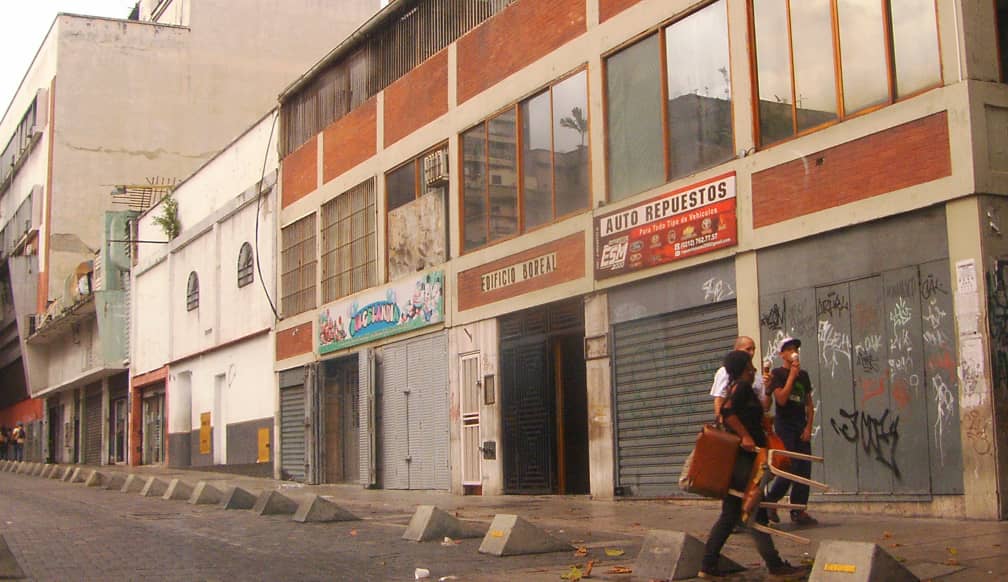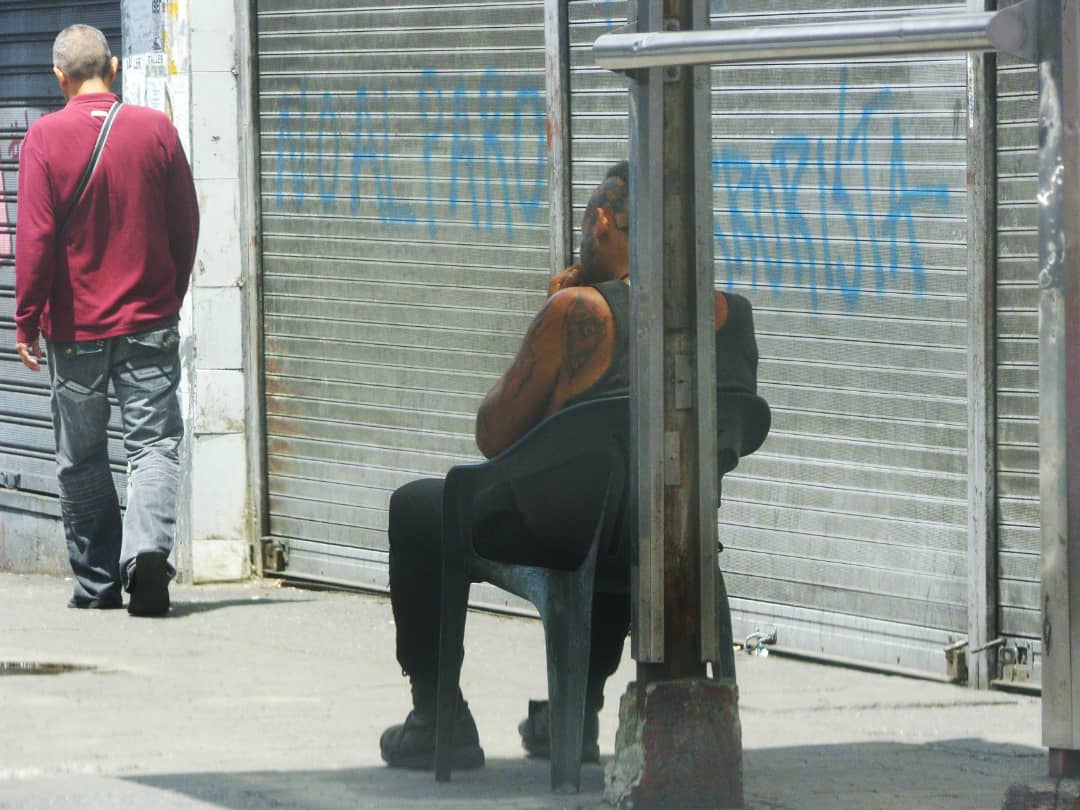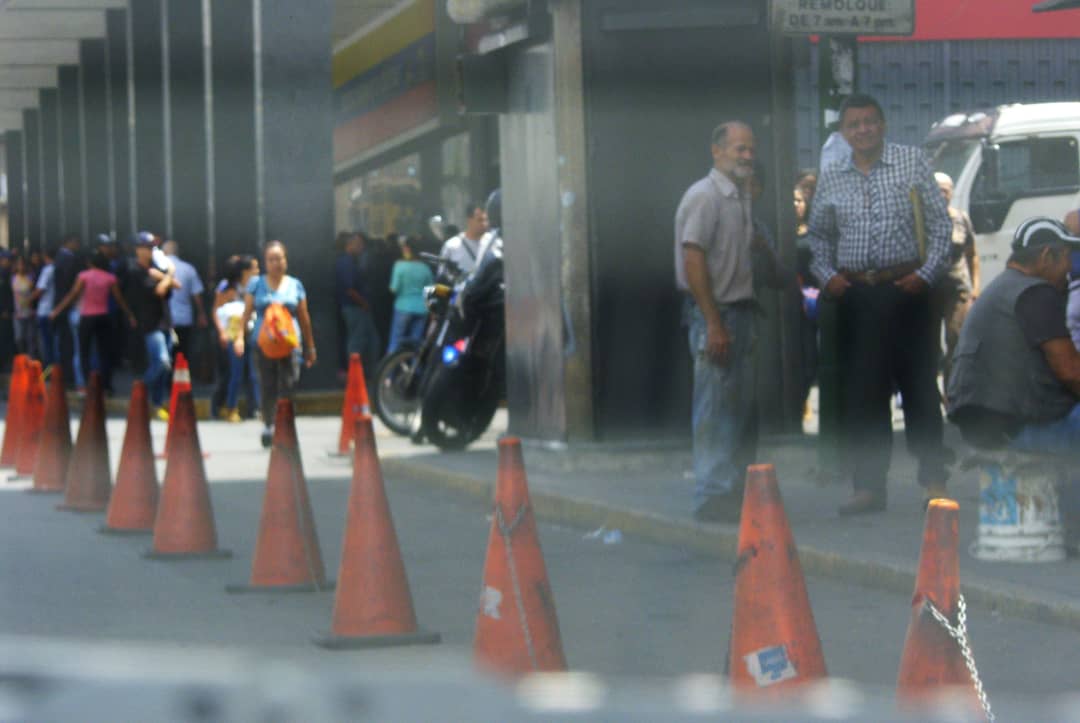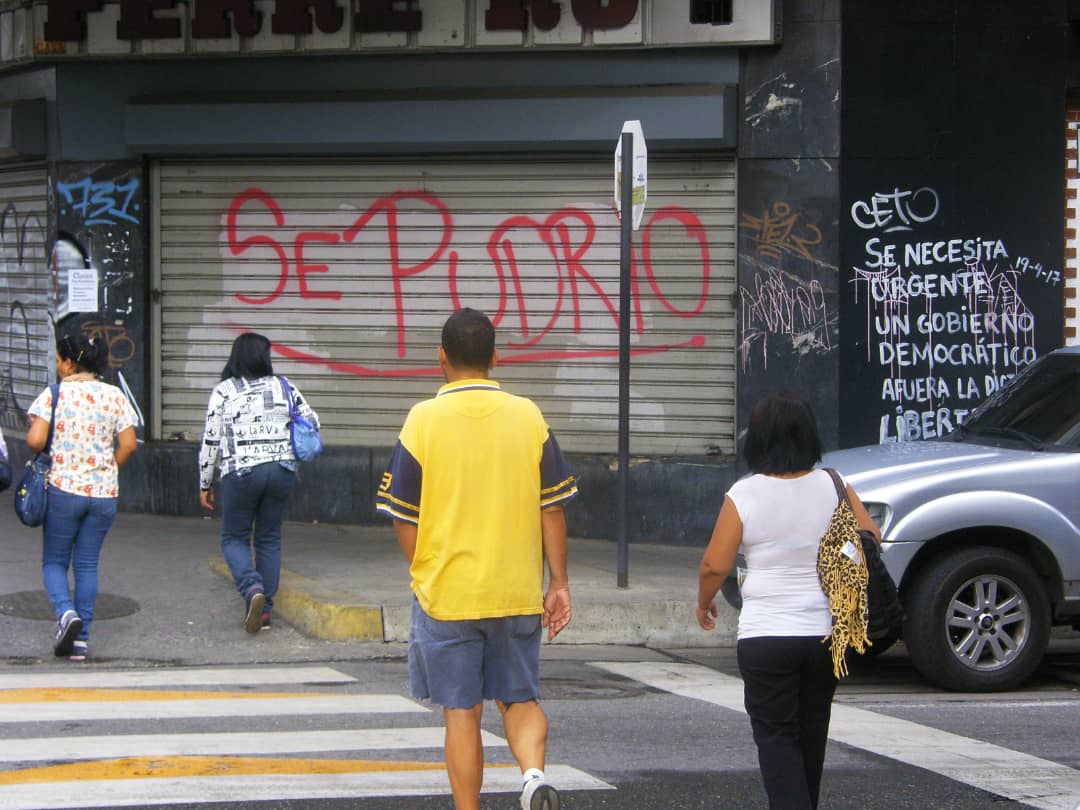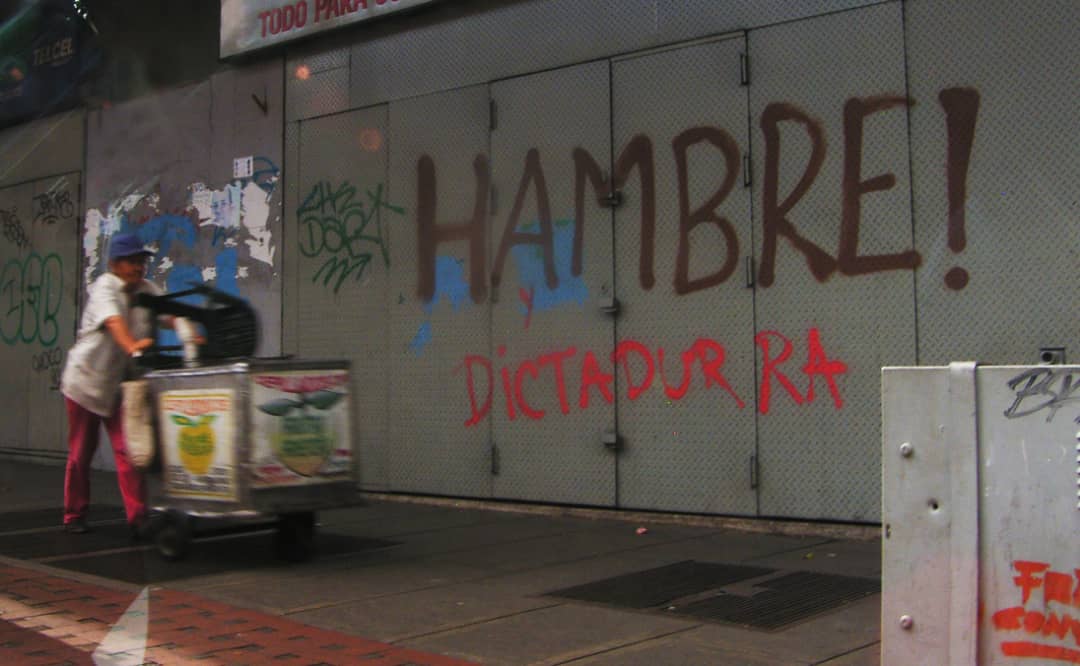The Outcome of Tuesday’s General Strike Against a Useless Reconversion
Politicians called for a general strike against the reconversion and the measures announced last Friday. Around 60% of citizens complied, most cities in Venezuela partially shut down. The thing is: What now? Was it enough? What comes next?


SAMSUNG DIGITAL CAMERA
Photo: José Díaz
On social networks and WhatsApp groups, the call was a total success, but reality was more complicated. Since it was called by political parties and business sectors, and it originated in grassroot community leaders (not supported by Fedecámaras), the strike was one of conscience rather than action.
Even though there are plenty of reasons to protest against the regime, Fedecámaras actually chose to step aside, respecting the decision of each business owner while putting the strike’s responsibility on the weakest link: the worker.
Photo: José Díaz
A strike for every taste
In the wee hours of Tuesday, August 21, a day after the monetary reconversion, the mood was dazed and confused.
“I thought the call was just rolling on social networks,” said Héctor Lozano, who works in a laboratory. “Political parties were both in and out and then Fedecámaras stepped aside. That’s why I went to work, but I didn’t find any transport. I’m going back home.”
The strike was more solid toward the eastern side of the city, where only a few big-chain stores opened their doors.
Photo: José Díaz
Small stores along Francisco de Miranda Avenue, Bello Monte, Altamira and Chacao stood out with their santamarías closed, and they’ve been that way for three days in a row. “Strike or no strike, we can’t open,” said Carlos Subero, shop owner, “we’re counting cash and we want to see how the economy behaves. There’s no trust in the measures. Besides, we have to wait for the new list of prices they’ll announce today.”
Photo: José Díaz
At noon, Andrés Velázquez, former Bolívar State governor, leader of Causa R and spokesman for Frente Amplio, gave a partial report: 60% of the population complied with the strike.
His speech also came with phrases like “the best economic measure is removing Nicolás Maduro,” saying that these gradual strikes will end in a general strike, a proposal he’s been making for months.
And while eastern Caraqueños carried out their peaceful protest, the west played a different tune.
60% of the population complied with the strike.
Parishes like Coche, El Valle, San Pedro, San Juan, Santa Rosalía and El Paraíso were desolate. The lack of public transport was key and street hawkers wasted no time to set up shop.
“I went out to get some cash and when I saw people selling goods, I took the chance,” said Luis Bolívar. “I couldn’t find any transport, some stores were closed and there were lots of people walking. I see a partial strike.”}
Photo: José Díaz
Catia, however, was unaffected. Although the municipal market was closed, streets were full of hawkers and people squeezing through each other, looking for cheap vegetables.
Nevertheless, the absence of vehicles throughout main avenues and freeways was general and extensive. Public transport was diminished but this isn’t new, since the automotive fleet is already below minimum service standards (less than 15% of the over 25,000 buses that used to circulate in Caracas).
Bus drivers were unsure about how much to charge. Those who made their rounds left the fare at Bs.F 10,000.
What happens after the strike?
Despite the failures of previous demonstrations, citizens once again pin their hopes on street actions. However, they wonder what’s next.
Margarita López Maya, teacher, historian and political analyst, shared her assessment on her Twitter account, emphasizing that “the situation is favourable to form a political leadership that includes political figures, business owners, union leaders, politicians, universities, business sectors, the church. We urgently need an alternative to the government plan and leaders with a vocation to rule.”
the situation is favourable to form a political leadership that includes political figures, business owners, union leaders, politicians, universities, business sectors, the church…
And I saw that need plainly in the streets of Caracas: the strike had no coordination or leadership. Caraqueños, still reeling from the measures announced on August 17 and confused about Monday’s reconversion, wanted this Tuesday to be significant, but the day had many readings. It’s useless to say that the strike succeeded by 60% in Caracas, 90% in Lara, 70% in Bolívar, 95% in Carabobo and that streets looked deserted in Zulia, Falcón, Cojedes and Anzoátegui, if there’s no strategy to harness the dissatisfaction and bring about the political change most Venezuelans demand.
“Everything is collapsed,” said Julio César Reyes, community leader who supported this Tuesday’s strike. “Sometimes, I don’t leave home because I don’t have money, and when I do, there’s no transport. When I arrive home, there’s no water, sometimes there’s no electricity either. This strike wasn’t just about the reconversion, I joined because we don’t want to starve to death anymore, because we want good hospitals and schools and because I don’t want to leave my country.”
Photo: José Díaz
Caracas Chronicles is 100% reader-supported.
We’ve been able to hang on for 22 years in one of the craziest media landscapes in the world. We’ve seen different media outlets in Venezuela (and abroad) closing shop, something we’re looking to avoid at all costs. Your collaboration goes a long way in helping us weather the storm.
Donate


